What is Stability
Posted on February 22nd, 2019 by Andries Lodder
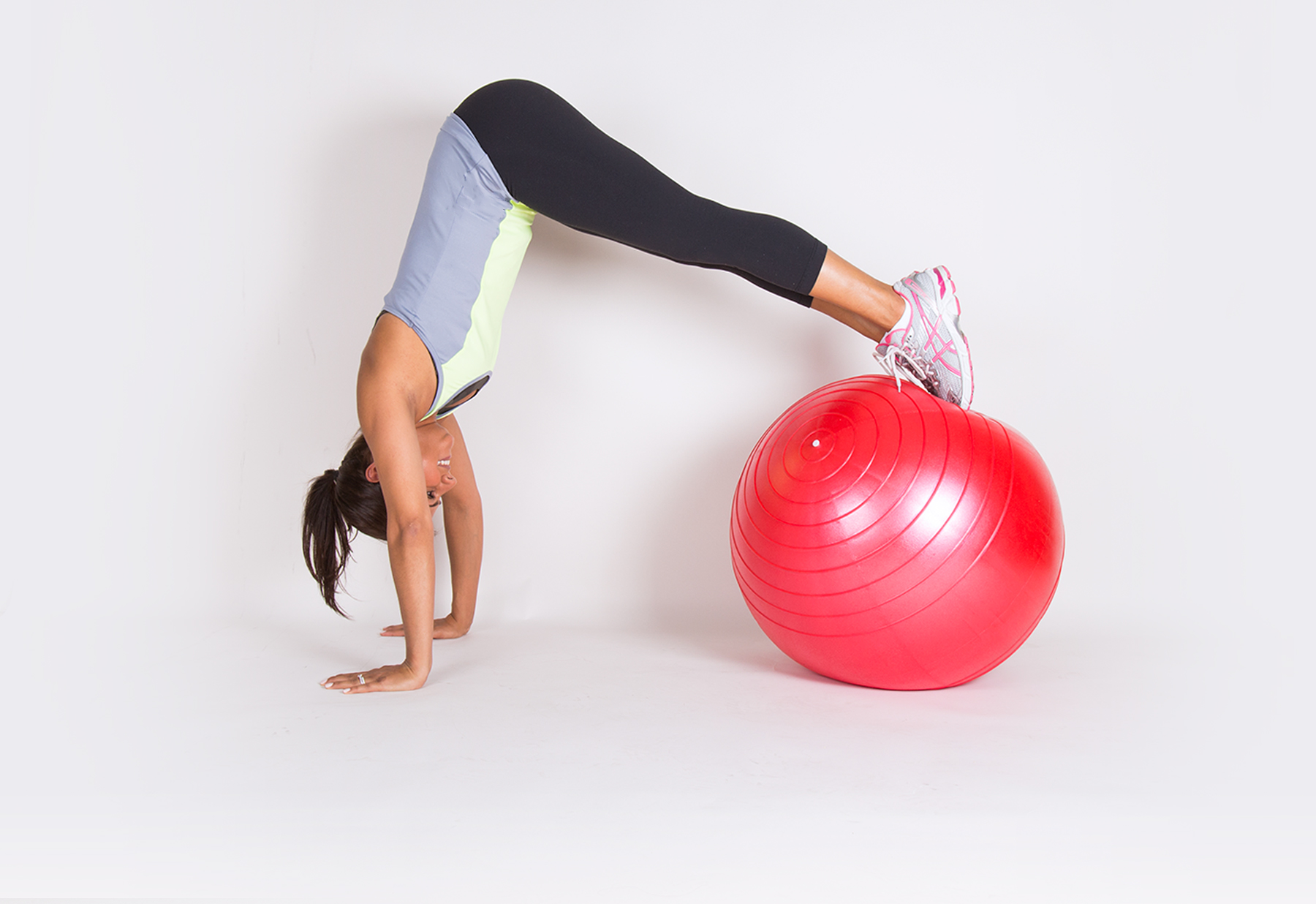 By Jennifer Steele
By Jennifer Steele
Components of Fitness
There are multiple terms used everyday to describe a variety of different areas within fitness. Strength, stability, flexibility, mobility, proprioception, balance, reaction time, power, speed agility to name a few are all components of fitness. However, the difference between all of them is sometimes blurred. If used correctly, all these components can work together to reduce pain, improve movement patterns and bio-mechanics, and improve fitness levels.Four of the most basic components of fitness are strength, stability, mobility and flexibility.
-
Strength:
- The ability of a muscle or group of muscles to contract and develop a contractile force against a certain resistance.
-
Mobility:
- Mobility within a joint is the degree to which it can move before being restricted by surrounding tissues such as tendons, ligaments and muscles.
-
Flexibility:
- Is the absolute range of motion that a joint can go through. It is the distance and direction that a joint is able to go through and it is directly affected by muscle length and mobility.
-
Stability:
- Is the ability of a muscle or group of muscles to control joint positions and balance within the body during movement or while stationary. Stability is obtained and achieve using active, passive and neural systems within the body.
Stability:
For optimal function in both exercise and everyday life we need our bodies to be in a state of equilibrium. This equilibrium can be achieved through the integration of strength, stability, flexibility, proprioception, reaction time as well as specific skills and techniques. With regards to the human body, stability refers to a person’s ability to control the movement and position of their muscles, joints and limbs. With greater stability comes greater control.Types of stability:
There are two main types of stability; namely static stability and dynamic stability.Static stability and dynamic stability:
- Static stability is required during movements of minimal movement such as a plank.
- Dynamic stability is required and used during movements through full ranges of motion, in everyday actions and while playing sports.
- When beginning with stability training static stability is always the first area of focus.
Stabilizers:
During any movement there will be a primary mover muscle. This is the muscle performing the actual movement. There are also stabilizer muscles. These are not directly involved in the movement, instead they work to keep the body stable and steady. If the body is stable and steady the primary movers can do their job more efficiently and produce optimal movement patterns. Numerous muscles within the body can be both a primary mover, as well as a stabilizer. However, some muscles do work to stabilize the body during more movements then others. For example, the muscles of the core are stabilizers of the trunk during the majority of functional movements. However, they are also part of the primary mover group of muscles during a sit up. During almost every movement that we perform we require stability. Therefore, it should be one of the primary focuses during athletic training. Working to improve strength before fixing problems with stability is counterproductive.Benefits of improved stability:
- Improved coordination and movement efficiency.
- Improved hip stability and control during walking and running.
- Improved posture during everyday activities and during exercise.
- Improved form and technique during strength and power movements.
- Improved athletic performance .
- Decreased injury rates.
Core Stability:
Our core muscles are utilized as stabilizers during almost every functional movement that we perform. Whether it be a squat, a lung, a push up or a plank the core is require provide a stable base from which all the other muscles of the body can initiate movement from. The core muscles are like a corset and wrap around the trunk. They are like a powerhouse and when they have adequate strength and work together they provide a solid base for which all other muscles of the body can act against. The Transverse Abdominus, Multifidus, Diaphragm and Pelvic Floor muscles all form part of the cylinder that are the core stabilizers. These muscles all keep the spine in its most neutral position and help to aid in preventing injury. Prior to any movement of the limbs of the body the corset of core muscles should contract to keep the body ridged and stable and provide a solid foundation against which the limbs can move.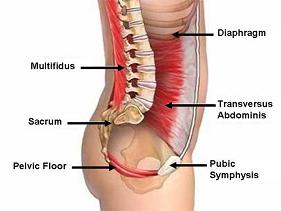
How to Improve Core Stability:
Phase 1: Back Flat on the Floor
A good place to start training your core is by doing core stability exercises where the lower back is flat on the floor. By starting here, it ensures that while the muscles strengthen, the back is still supported and is protected from injury. When doing any of these exercises it is important to push the lower back into the ground and not let it arch up. An example of this exercise is the dead bugDead Bug:
- Lie on your back with both your arms and legs up in the air
- Push the lower back into the ground and activate the core
- Slowly lower alternate arm and leg towards the floor (To the point where you feel the lower back coming off the floor)
- Return the arm and leg to the starting position and repeat with the other side.
- Perform 3 sets of 10 reps per arm/leg
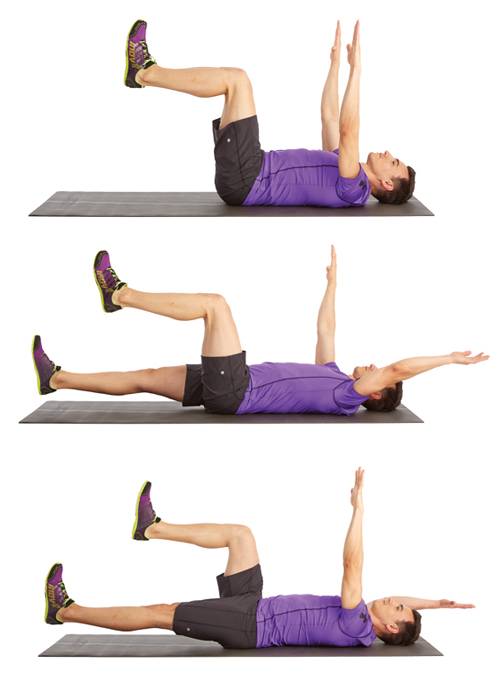
Phase 2: Back unsupported, stable base
Once you have mastered control of this type of exercise you can progress your training to exercises where the back is no longer supported and instead the core has to do be in control and strong. First start by doing a basic 4 base plank.Plank:
- Lie on your stomach on an exercise mat
- Push up onto your elbows and toes
- Engage your core and ensure you have a flat back
- Start by holding this position for 15 seconds and then progress up to a minute as you get stringer

Phase 3: Back unsupported, unstable base
Once you have mastered a basic plank, you can start lifting each limb off the ground making the core work harder to stabilize the body. Reduced base of support plank:- Lie on your stomach on an exercise mat
- Push up onto your elbows or onto straight arms and toes
- Engage your core and ensure you have a flat back
- Now lift each limb up from the floor and hold for 10-20 seconds (Alternating limbs for the duration of 1-2 minutes)
- Once you can lift one limb progress to lifting alternating arm and leg at the same time like the picture below
- Start by holding this position for 15 seconds and then progress up to a minute as you get stringer
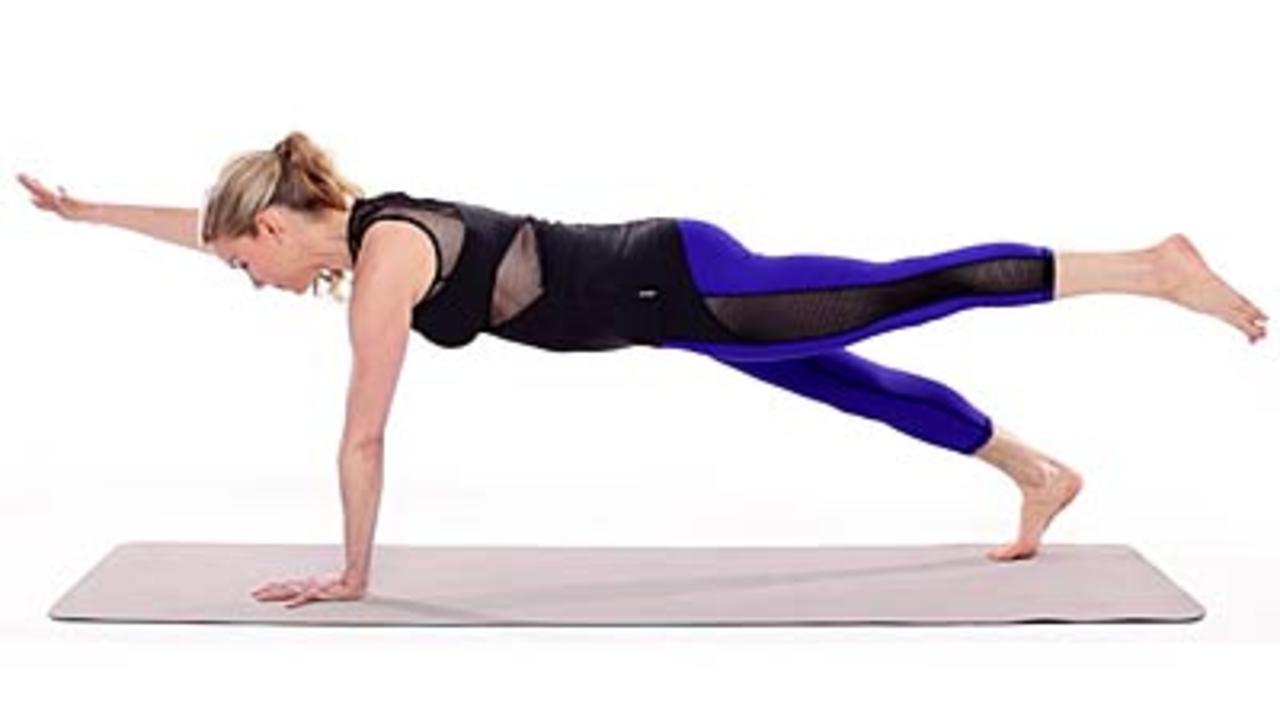
Phase 4: Back unsupported, additional instability
The final stage is when the back is unsupported and you add elements of instability to the exercise. Placing the hands on a bosu, or the feel on a swiss ball while performing a plank is a good place to start.Plank on a Bosu:
- Place hands on the edge of a bosu ball
- Push up onto toes and hands
- Engage your core and ensure you have a flat back
- Start by holding this position for 15 seconds and then progress up to a minute as you get stringer
- Once you can hold this position you can make the exercise harder you can add leg movements such as knee tucks into the exercise
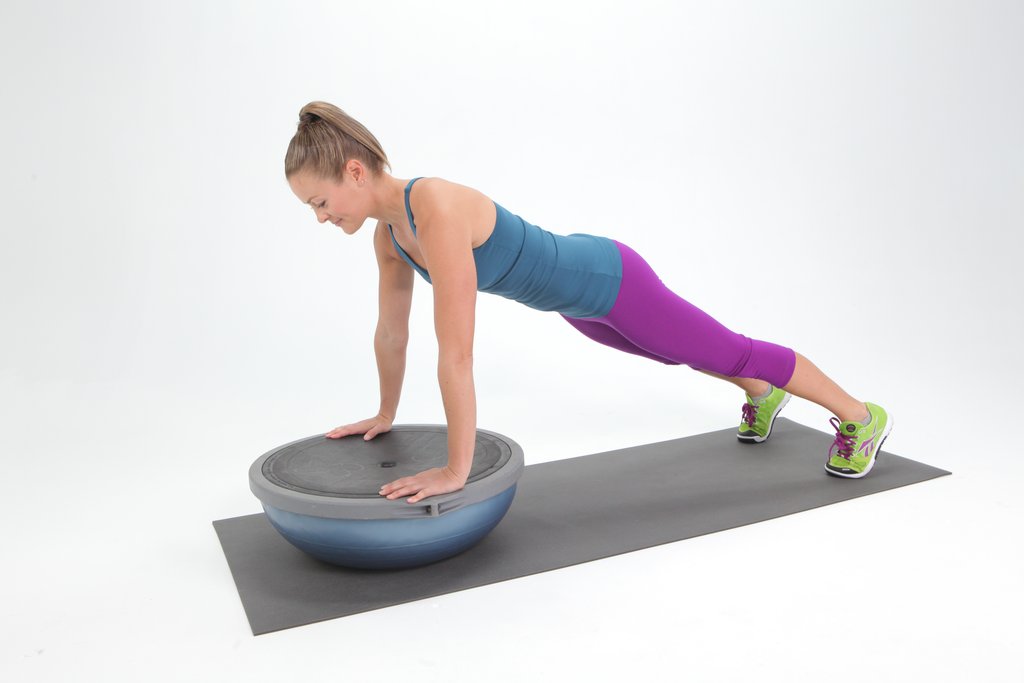 For more information on how to improve your stability and on exercises to include in your program contact us and book your assessment today.
For more information on how to improve your stability and on exercises to include in your program contact us and book your assessment today.
Tweet